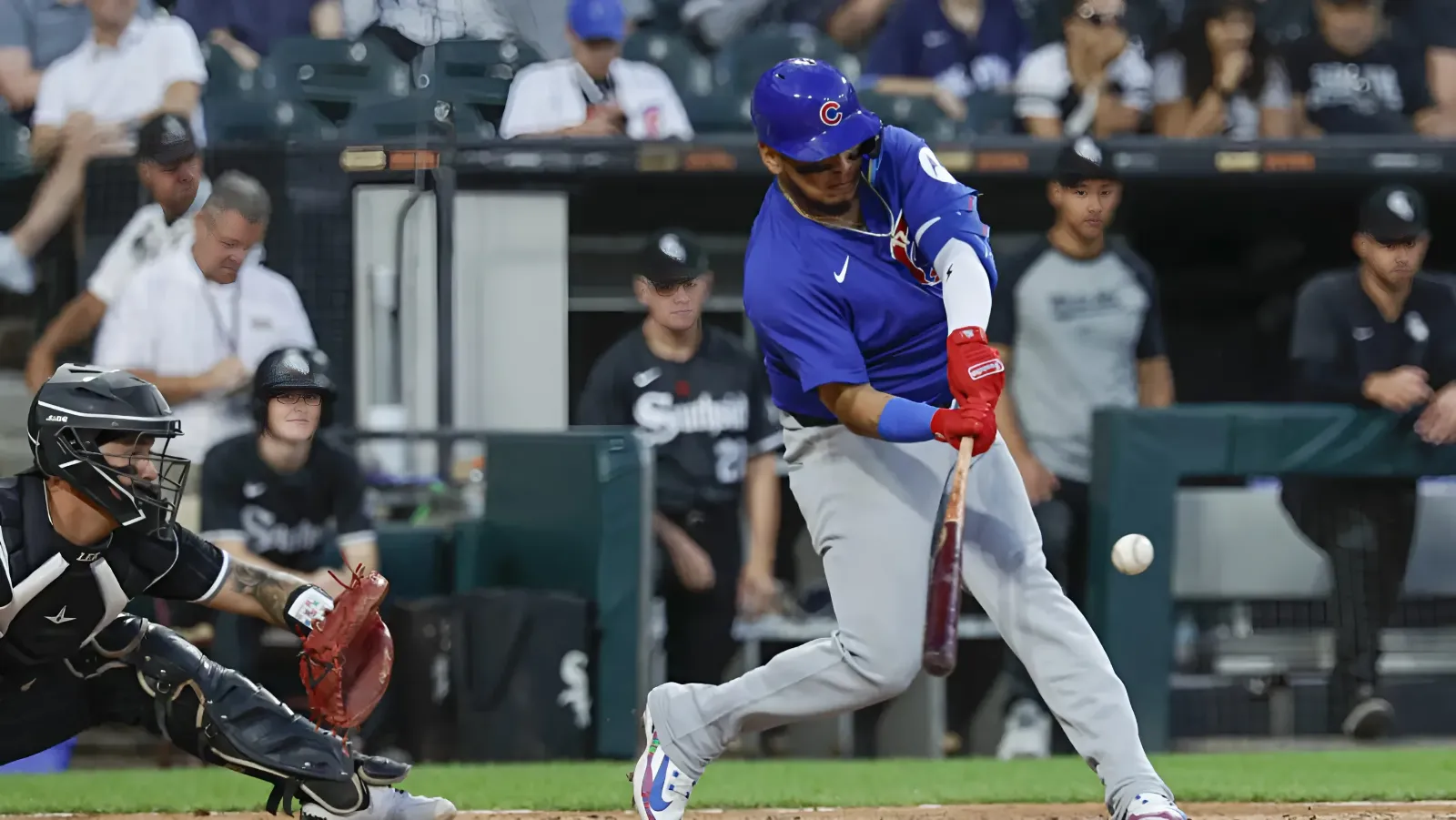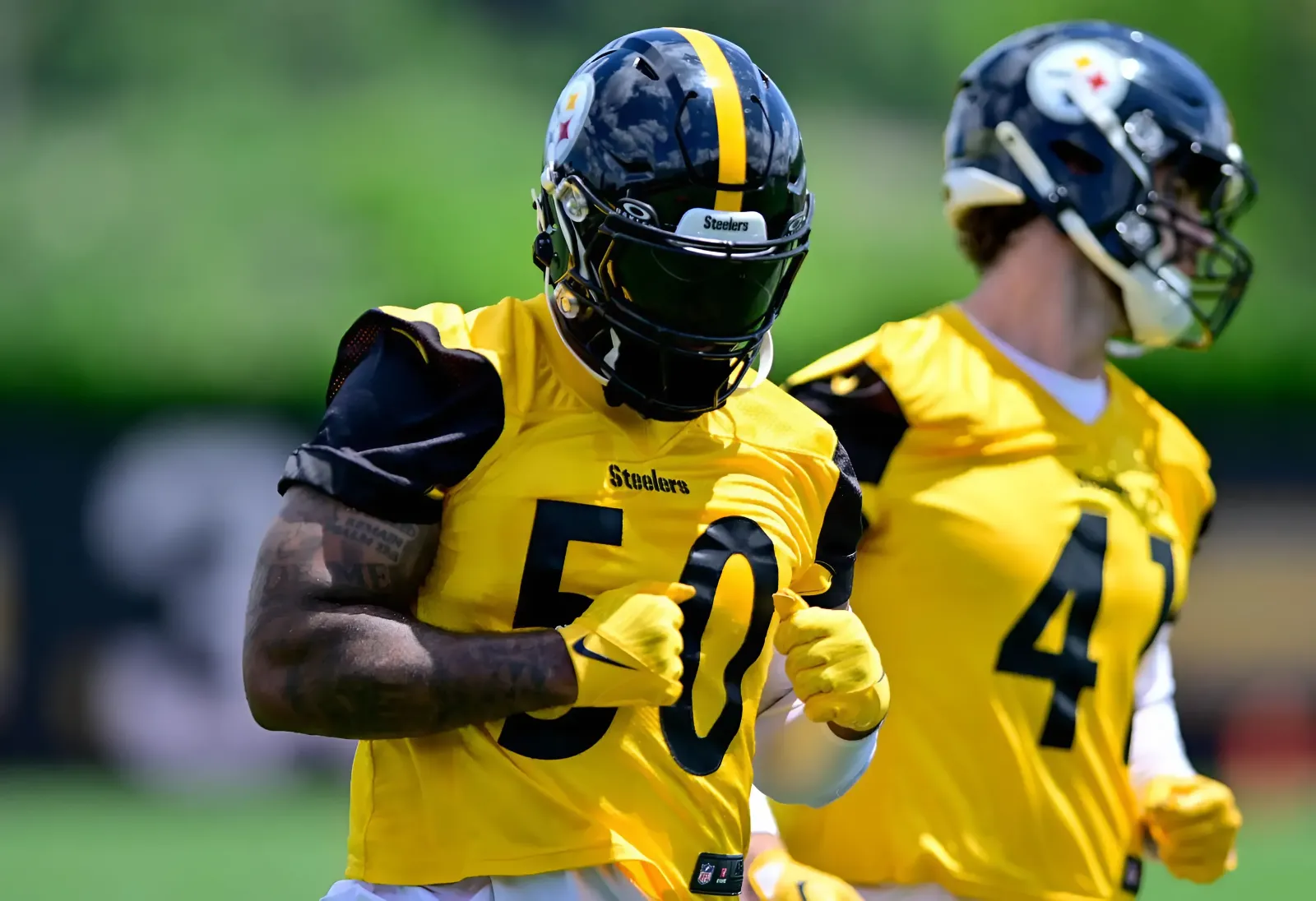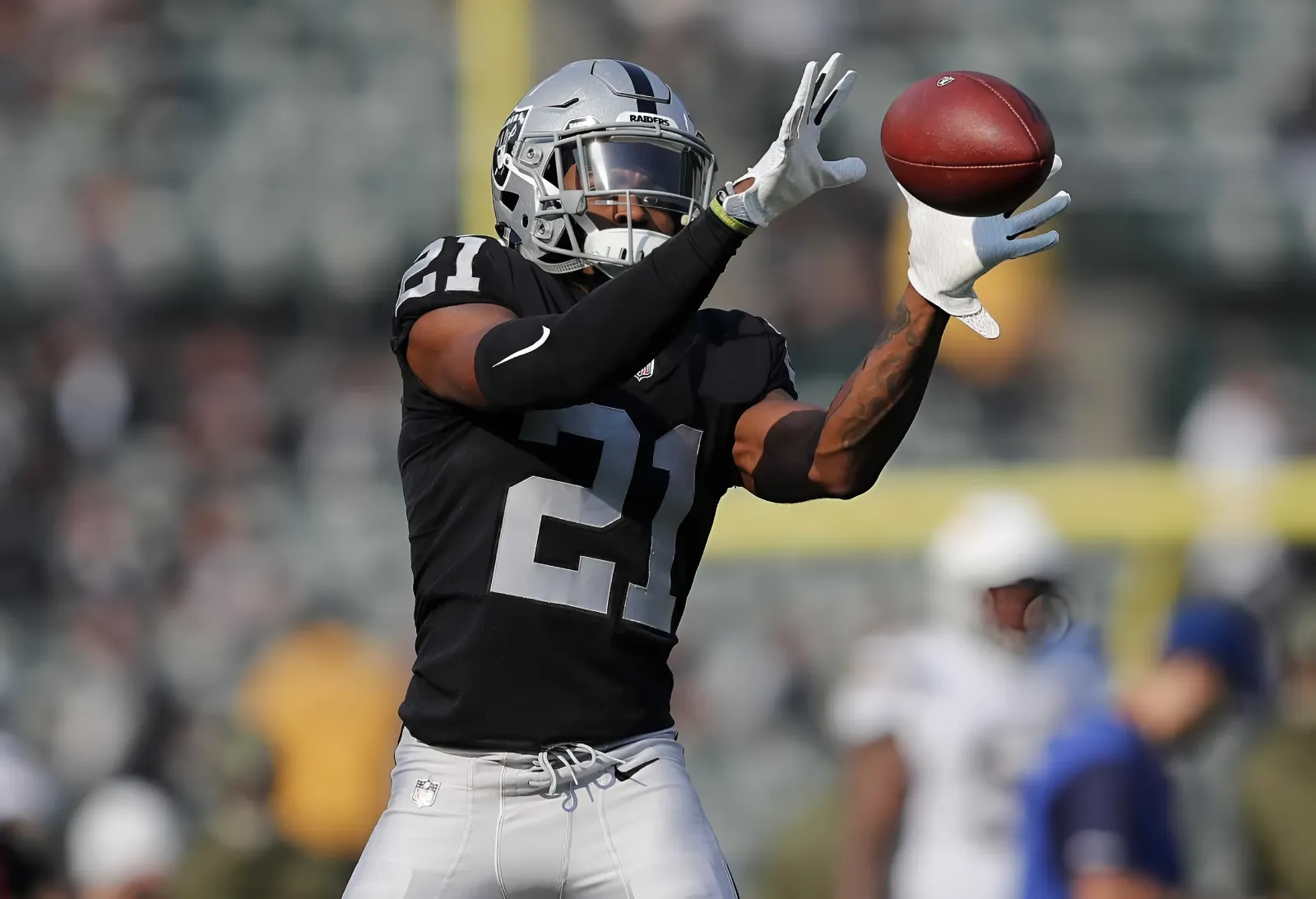When the New York Jets traded up in the third round of the draft to select Malachi Corley, fans saw him as the starting slot receiver on the team. Training camp and the preseason clarified that this is not the case.

Right now, Corley is clearly the No. 5 receiver on the depth chart. That doesn’t mean he’ll stay there — Garrett Wilson was the No. 4 receiver entering Week 1 in 2022 — but Robert Saleh’s comments indicate that Corley has a lot of work to do on his route-running.
That being said, a third-round receiver is generally expected to contribute in Year 1. In practice, the Jets showed hints of specific packages to get Corley in space on screens, jet sweeps, and the like.
Still, there is a way for the Jets to get more out of Corley. It starts with a 2023 second-round pick who had an excellent rookie season.
NFL comparison
When the Kansas City Chiefs selected Rashee Rice with the No. 56 pick in 2023, many draftniks scratched their heads. NFL.com’s Lance Zierlein had him rated as a Round 3-4 prospect with the expectation that he had the “traits or talent to be [an] above-average backup.” The NFL Mock Draft Database consensus had him at No. 76 on the big board.
Reception Perception, which tracks a receiver’s route success rate (studying the route run rather than just whether they were targeted), was extremely low on Rice. Site founder Matt Harmon wrote, “Rice’s success rate vs. man and zone coverage are among the lowest recorded for prospects in the Reception Perception database.” He wrote that Rice should be a Day 3 pick who could be eased into the lineup.
Notably, Rice’s only successful routes were flat and screen routes (images courtesy of the Reception Perception).
Furthermore, Rice’s success rates vs. different types of coverage were ugly. He ranked in the first percentile among all receivers in success rate vs. man coverage even though he faced it 51.6% of the time. His zone success rate was marginally better, ranking in the seventh percentile. He was in the 14th percentile against press coverage. Overall, despite posting 96 receptions, 1,344 receiving yards, and 10 touchdowns, Rice simply did not win his routes.
In his final college season, Rice played 82.5% of his snaps out wide, per Pro Football Focus. Upon his arrival to Kansas City, though, Andy Reid immediately told him he would transition to the slot. As a rookie, Rice played in the slot on 49.8% of his snaps, ranked 18th-highest among 70 receivers with at least 60 targets.
The Chiefs also made Rice into almost an extreme slot receiver. Per NFL Next Gen Stats, Rice ran a vertical route on just 17.4% of his routes, the lowest rate among 67 qualifiers and 4.5% less than the next-lowest receiver. He ran the highest rate of receiver screens (9.3%), the sixth-highest rate of crossing patterns (15.8%), and the eighth-highest slant rate (11.2%).
Overall, Rice ranked second in the percentage of his routes that were classified as “in-breakers” at 46%. His average depth of target was 5.2 yards, the lowest among qualified receivers.
Reception Perception data indicates that players who did not succeed in college against press coverage can succeed in the NFL if they move to the slot. Examples of such a prototype include Tyler Boyd, JuJu Smith-Schuster, Cooper Kupp, and Amon-Ra St. Brown. That’s exactly what the Chiefs did with Rice.
Reid’s usage of Rice worked. He ranked second among 20 rookie receivers with at least 30 targets in receptions (79), receiving yards (938), and yards per route run (2.39), third in receiving touchdowns (7), and first in targeted passer rating (124.9). Among 70 qualified receivers, he ranked second only to Deebo Samuel with 8.3 YAC per reception.
Ironically, although Rice’s coverage success rates improved at the NFL level, they did not match his production. He did improve to the 29th percentile against man coverage and the 60th percentile vs. zone. That’s expected from the slot, though.
How this affects Corley
I previously looked at how receivers with Corley’s college prototype have performed at the NFL level. The results were not promising.
Since 2014, drafted receivers who had a college ADOT of 8.5 or lower include Ty Montgomery, Zay Jones, Stefon Diggs, Ray-Ray McCloud, Brandon Powell, Olamide Zaccheaus, Parris Campbell, Anthony Schwartz, Rondale Moore, Amari Rodgers, Wan’Dale Robinson, and Kadarius Toney. The only truly successful receiver among that group is Diggs, who has not played that way in the NFL. Deebo Samuel had other similarities to Corley, but he’s an outlier among that prototype.
Samuel’s route tree was similar to Rice’s in 2023. However, whereas Rice played half his snaps in the slot, Samuel has played just 28.2% slot snaps in his career. That’s where his profile differs somewhat from Corley’s, although Corley had a far more dramatic slot rate in his final college season (85.8%) than Rice’s in his rookie year, too.
As Reception Perception pointed out, the Samuel comparison for Corley is also faulty. “When ‘we’ throw around the Deebo Samuel comps there’s a tendency to forget about how excellent he is on big boy routes like the post and dig against zone coverage,” Harmon wrote. “You don’t see that ability in most players that get that comparison. Count Corley among them.”
What about Rice, though? Rice was less successful on dig routes in college than Corley (50% vs. 70%) and ran them less often (7.7% vs. 10.1%). Rice was better on post routes (62.5% vs. 50% success rate), but both players ran them sparingly (4.4% and 2%). Of course, Rice did this out wide rather than in the slot, but the comparison is interesting.
Rice is taller than Corley (6-foot-1 vs. 5-foot-11) but less stocky (204 pounds vs. 215). He ran a limited route tree in 2023 but produced strong results. He saw 100 targets and was Patrick Mahomes’ No. 1 target from Week 12 onward.
The Jets don’t have such a plan for Corley. They’ve buried him on their depth chart. They want him to learn a full route tree. They plan on using him mostly as a gadget player who can take some screens. But what if they can open up the offense with him despite his limited route tree?
The Jets’ top two receivers on their depth chart are far better than the Chiefs’ were last year. That means the Jets don’t need to force-feed Corley as much as the Chiefs did Rice. But if their goal is to keep Aaron Rodgers out of harm’s way as much as possible with quick passes, Corley is as good a target as any.
I’m not saying Corley is capable of putting up the same numbers Rice did. Nor should he be forced to, barring injury. But this is his path to success in Year 1 — not the Deebo model, but the Rice one.




